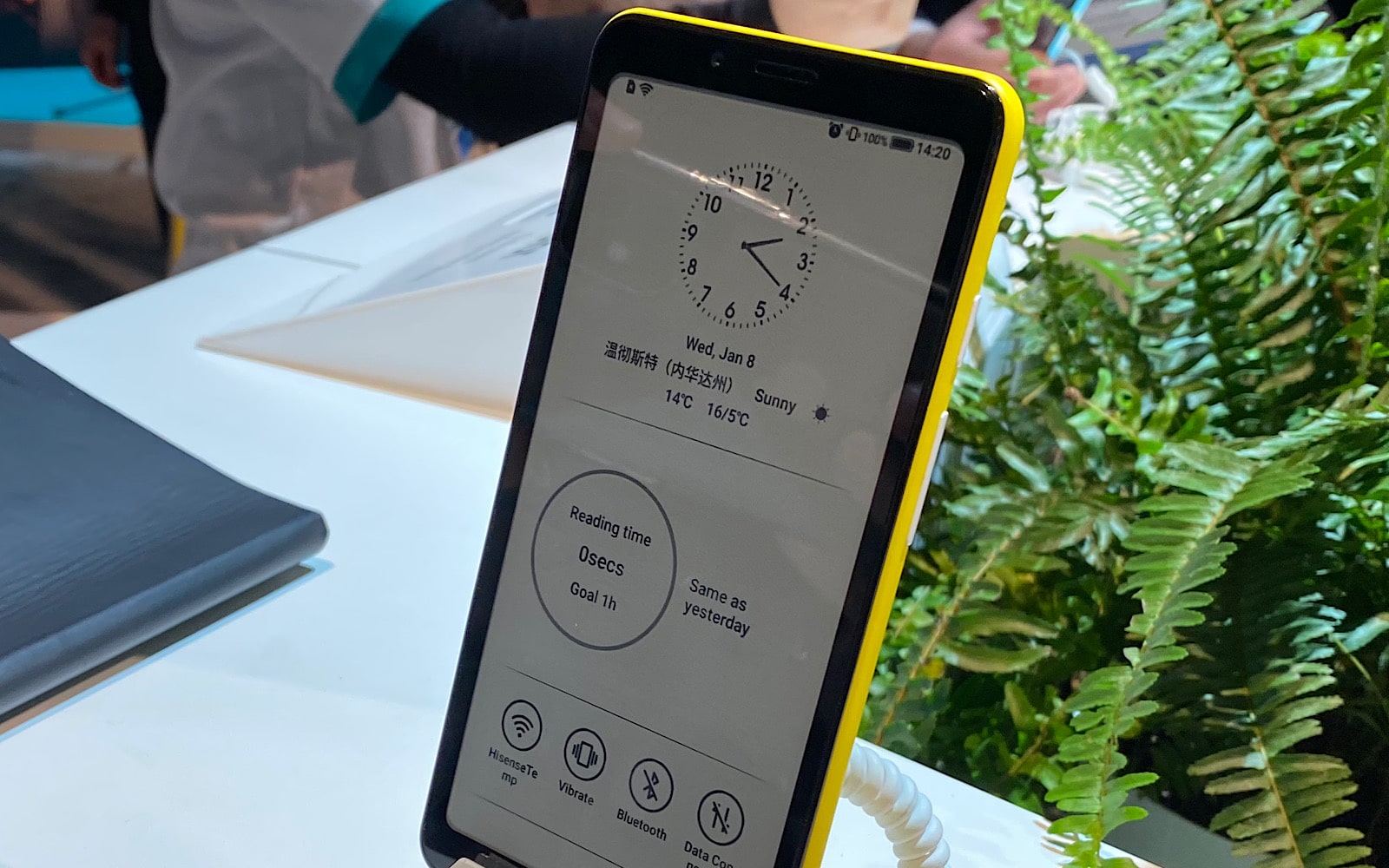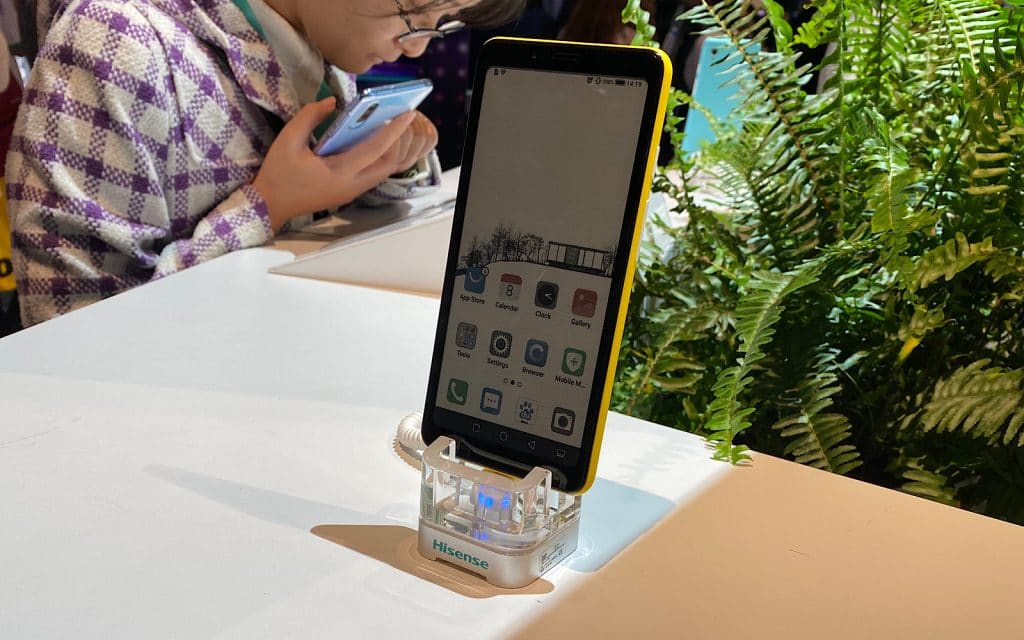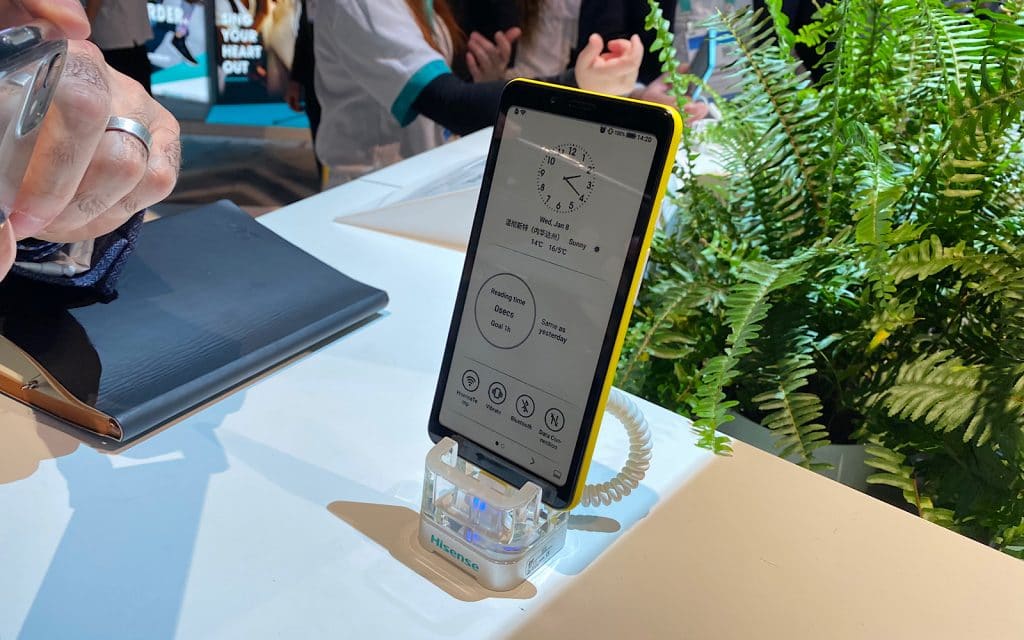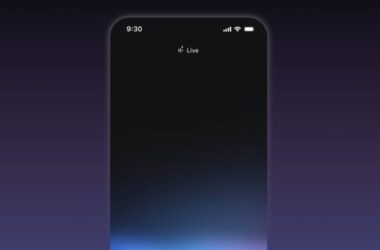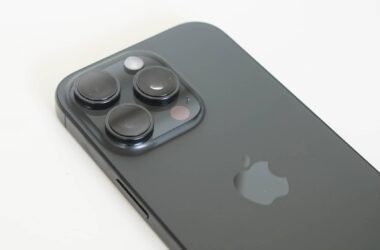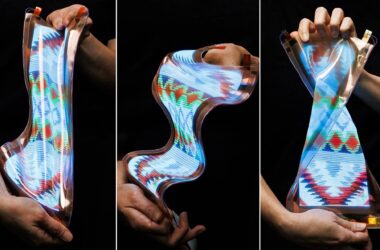Whether your phone uses an LCD or AMOLED screen, there’s a good chance it sucks up battery life. Hisense’s e-ink phone is a little different, though.
It’s no secret that phones aren’t created equal, and whether you spend a hundred bucks, five hundred bucks, or something much more, there’s a good chance that your phone’s battery life is going to be properly impacted by how often you glance at your screen.
The more pixels your screen is firing and at a fairly high amount of brightness will typically see battery life impacted, so much that it drops. You can do things to deter this, such as not use much of the screen, or you can look for a different way.
There aren’t many different approaches to screen-based battery woes, but Hisense appears to be dabbling with one, showing off a phone with an e-ink screen.
If the term “e-ink” sounds familiar, it’s because if you’ve ever used or owned a Kindle, it should be. E-ink is also known as electronic ink, and it’s the low power screen technology that helps keep the battery life of an electronic reader so high. The two week to one month battery life typically found on an eBook reader like a Kindle or Kobo couldn’t be achieved without the electronic ink screen, which doesn’t offer quite the same breadth of colours or refresh rate speed as a proper colour LCD screen.
That makes it a prime candidate for keeping a phone’s battery life high, even if you lose some speed and attractiveness in the process.
And that appears to be what Hisense has been working on, with an Android phone that uses a more unusual type of e-ink screen, a colour one.
The Hisense’s colour e-ink phone is definitely very much a prototype, and aside for the low resolution of the display, one of the first things you pick up on the whole device is just how slow it feels. While the refresh rate is somewhat slow, the phone appears to lag noticeably, evident when you swipe down for the Android control panel and try to jump into apps.
We didn’t expect a phone built like this to be fast, though when you jump into the camera mode, you at least get a slightly faster camera refresh rendering in an almost drawn e-ink way.
One of the points to keep in mind with the Hisense e-ink phone is that even if it were to be released, it wouldn’t be for everyone. Rather, the phone feels more like it would be built for someone who needs battery life over everything, and would settle for several days at a cost of performance.
However we don’t anticipate Hisense ever releasing this phone in Australia. As it is, Hisense doesn’t yet offer phones locally, and if the company were to start, we suspect a phone made for battery life alone would likely be the least likely to arrive, given how often newer companies compete in the mid-range sector first.
Leigh Stark was flown to CES 2020 in Las Vegas, USA as a guest of the Consumer Technology Association (CTA).


